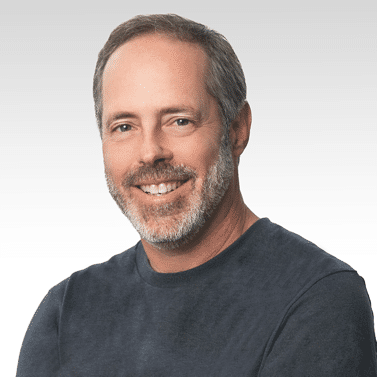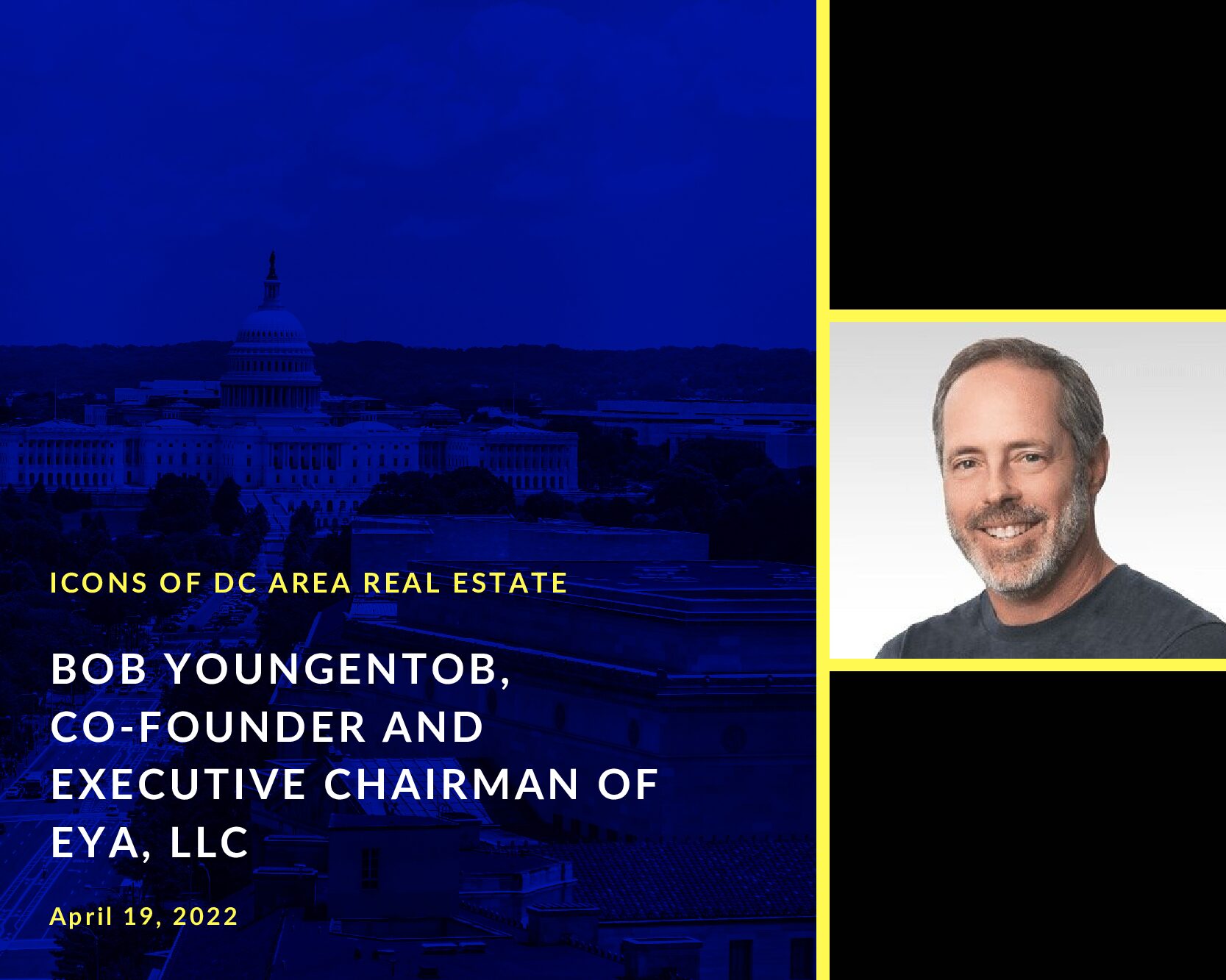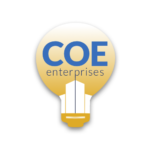

Bio
Bob Youngentob is Executive Chairman of EYA, LLC and one of the founding partners. His responsibilities include product and site visioning, investor relations, investment committee leadership, and strategy, particularly in acquisition and development. Bob has over 30 years of real estate experience.
Bob currently serves on the Board of Advisors for The Universities at Shady Grove and the Terwillinger Center of the Urban Land Institute. He is a former chair of the Washington D.C. District Council of the Urban Land Institute and currently is chair of its Governance Committee. Bob has served on multiple private school boards including The Maret School and Green Acres. He has been a guest lecturer on real estate at the Harvard Business School, Georgetown University, University of Maryland and Johns Hopkins University, and has spoken at numerous conferences sponsored by the Urban Land Institute and Builder Magazine. In 2016, Bob was inducted into the W.H. Marvin Hall of Fame for Design Excellence. In 1996, he was recognized as an Entrepreneur of The Year by Ernst and Young. Bob grew up in the Washington D.C. area, graduated from Lehigh University, and earned a MBA from the Harvard Business School.
Show Note
- Executive Chairman role- Stays away from day to day issues and help be a mentor to the new CEO, McLean Quinn (5:30)
- Active leadership on Investment Committee decision making
- In some cases a lead developer on select projects…his preferred passions (6:45)
- EYA has evolved away from “entrepreneurial startup” now 30 yrs. old. (7:15)
- Establishing leadership team to last another 30 yrs.
- Sustainability plan around leadership and long term financing of company
- Put in place 5-6 yrs. ago
- Greater focus on multifamily than ever before (predominantly townhouse for sale housing)
- Potentially exploring geographies outside the DC area
- He is now the “grey hair” leader that followed his original partner, Terry Eakin (9:45)
Origins
- Born and raised early years in Boston (10:30)
- Moved to DC at 13 yrs. old (11:00)
- Attended Walt Whitman HS in Bethesda (11:15)
- Dad was a life insurance agent (now 91 yrs. old) (11:40)
- Approach to life…”cup is always half full”
- Involved in community and wanted to make a difference
- Believe that things will work out when times are tough thinking he learned from his Dad
- Dad believed in him and whatever he could do (12:45)
- Mom is still alive, as well, and he speaks with both of them every day, if he can (13:30)
- Real estate is a combination of the relationships, mathematics and creativity (14:45)
- Passionate photographer- HS friend introduced him to photography (15:15)
- Creativity and business aspects came together (15:45)
Education & Early Employment
- Lehigh Univ.- Started in Engineering and transferred to Economics and kept a passion toward photography (16:15)
- His Dad discouraged him from professional photography (17:00)
- Interviewer option- Commercial banking in Chicago (17:30)
- Continental Illinois training program in 1982 (18:00)
- Oklahoma lending to oil borrowers almost took the bank down in 1982 (18:45)
- Senior people left bank and he as a young person was given an extraordinary opportunity to take on more activities (19:15)
- Decided to apply to Harvard Business School only and was accepted (20:15)
- Ready for a break from workouts (21:00)
- Met his wife there and was able to compete with fellow students (21:30)
- Referenced Matt Kelly podcast interview regarding Bill Poorvu, an HBS professor (22:00)
- Cited a story about approaching Bill Poorvu recently and why they love former students approaching them (22:20)
- Internship at Trammell Crow Company while at HBS (23:30)
- Field Study program in CRE- Combination of JBG Companies and the Holladay Corporation in DC (24:45)
- Holladay Retirement Homes- 1986-87 Expanding this business
- This turned into his first job from HBS (25:30)
- Joined JBG and Holladay at the same time as Rob Stewart (26:00)
- Relationship between JBG & Holladay- Ben Jacobs was a mentor of Terry Eakin, who was at Holladay at the time (26:30)
- JBG saw merits in retirement business at the time (27:30)
- Talked himself out of the job, explaining that there wasn’t the potential he thought would happen except for one project with MC HOC on Tuckerman Lane in Rockville, MD (27:45)
- Given choice whether to stay at JBG or join Holladay full time (29:00)
- Received advice from Dick Dubin, an entrepreneur friend, to join Wally Holladay as a “true” developer- taking raw ground and making something from nothing (29:30)
Holladay Corporation
- Decided to go to Holladay Corporation 30:00
- Worked arm and arm with Terry Eakin, who was his mentor and led to the formation of EYA
- Holladay had a variety of properties (30:20)
- Terry’s project in Rosslyn, VA- Colonial Village where he was soliciting sales for an assemblage called Highgate (townhouse project) (32:00)
- Together with Terry, he noticed that few others were assembling infill locations for townhouse development (33:30)
- Downside protection from infill development (35:50)
- Value creation in the development side of business…every project was a re-entitlement of a different use or a site that was missioned for a different use (36:20)
- Rezoning and reuse created the most value
- Other home builders were doing projects in green field locations
- NIMBYism had not yet existed when they started (38:00)
- Planners needed to be educated about density of residential land (38:15)
- Many examples of higher density residential properties (38:45)
- Old Town Alexandria and Capitol Hill had the townhouse model (39:00)
- Not many people in early 1990s were building infill townhouses (39:30)
- Specialized in “for sale” housing- Focus on it (40:00)
Formation of EYA
- Company founded with a “homebuilder” mentality of build and sell (41:00)
- Issue at Holladay about marketing about a “current buyer” profile motivated their idea about breaking away from them to start EYA (42:00)
- Recession required workouts of projects prior to departing from Holladay to start EYA
- Terry Eakin made the initial seed investment for the company’s origins
- He was in awe of Terry’s effort in his late 40s to start a new company with him (43:30)
- He believed he could not have started the firm by himself
- First financial relationship was with CIG International (44:50)
- Stonegate first project as EYA (45:15)
- Chris Lessard brought design of “Rear Loaded Townhouse” (45:40)
- Newly designed with garage access in the rear loading from an alley (46:15)
- Deck over the garage entrance
- Higher density and better walkable environment
- Didn’t make much money on this deal as CIG basically took the profits in preferred returns (47:45)
- Chris Lessard brought design of “Rear Loaded Townhouse” (45:40)
- Rivergate was second project (48:20)
- Office zoning originally
- Took piles driven and re-engineered using a geo-textile (matte) foundation to build townhouses over the project (48:40)
- Met Westfield (Westreich family) as the equity partner (50:00)
- Office space search ended with USA Today building in Rosslyn owned by Westfield, who became their landlord and their equity investor (50:15)
- Used their view from the 27th floor as an “investment criteria” for their new deals (51:00)
- Anthony Westreich was their initial relationship (51:50)
- Westfield liked their business approach
- South Charles Realty sold them their 3rd and 4th transactions (52:15)
- Westfield invested and became their sole equity partners for 17 years (53:00)
- Westfield used their investments as generational transfer vehicles (53:30)
- Homebuilding generates cash and pays taxes (54:00)
- Lens for new business (55:20)
- Metro locations (55:25)
- View from their office evolved to “inside the Beltway” (55:50)
- Access to amenities and walkability (56:00)
- Employment hubs with walkable amenities (56:10)
- Scale was important and a sense of place was important (56:25)
- Not scared of emerging locations (56:50)
- Buyers in emerging locations were more interested than renters (57:15)
- Recession in 2008 (58:30)
- Westfield partners were maturing and less excited in investing with EYA then (58:50)
- Needed to resolve issues and pay off Westfield with their investments and stopped (59:00)
- JBG wanted to invest in their business at that point from their funds (1:00:15)
- For 10 years they were sole investment partners for EYA (1:01:00)
- Two projects still ongoing (1:01:15)
- Westfield partners were maturing and less excited in investing with EYA then (58:50)
- Bernstein Management Companies became their partner when JBG went public in 2018 (1:01:40)
- Not financial engineers (1:02:00)
- Wanted deals to work on the quality of the real estate (1:02:30)
- Wanted one equity partner to establish focus on the deals not the fund raising for each project
- Stable source of capital for new opportunities with no financing capabilities (1:03:20)
- Combination of entitlement expertise and established capital sources gave them credibility (1:03:40)
- Example of Boston Properties selling land in Tower Oaks in Rockville to convert from office to residential zoning (1:04:30)
- Site in Rock Spring Park (Montgomery Row) which was an older office building leased to IBM was sold to EYA and needed to be rezoned to residential via Steve Robins of Lerch Early (1:05:00)
- Evolution of office park to mixed use area (1:06:20)
- Confidence in planners to do the right thing (1:07:00)
- COG has expressed that housing demand is very strong with undersupply of units (1:08:15)
- Desire to work near to housing (1:08:40)
- Conversion of office ground and buildings to residential use
- Multifamily management is outsourced to Bozzuto primarily (1:10:10)
- Masterplanning and zoning is mostly for their own projects now, but they also sell lots to national builders to reduce basis in larger land tracts they have developed (1:11:20)
- Contractor on their own vertical projects for townhouses
- Third party contracting for multifamily
- Have built single family homes in Fallsgrove and now looking to do some select single family homes (1:12:30)
Market Perspectives
- Homebuilding more costly and more complicated (1:13:30)
- Entitlement has more scrutiny (1:13:45)
- More walkability and Smart Growth perspectives among jurisdictions in the area (1:14:00)
- Political side has moved toward development (1:14:30)
- Challenging in the amount of environmental requirements- stormwater management (1:14:45)
- Recognize their importance, but increases costs and delays projects to some extent
- Found ways to meet demands for affordability
- Tradeoffs has added to the cost
- Landowners have recognized that the costs need to be borne by land costs
- Locations depending on entitlement vary considerably and affect the end costs of units and pricing (1:17:00)
- Never walked away from a project due to the entitlement projects (1:17:20)
- Segmentation of properties (1:18:00)
- Fords Landing (1:18:15)
- Most older residents don’t want “segmented” properties (1:18:50)
- Segments within communities with different sizes and prices addressing all populations (1:19:00)
- Create optionality
- Designed to serve a broad spectrum of buyers and demographics (1:20:30)
- ESG was not a historic perspective (1:21:00)
- More conscious today
- Always on front end of US Green Building Council certification (1:21:30)
- Part of who they were all along due to their locations and the jurisdictions’ requirements
- Build in locations that require environmental sustainability (1:22:30)
- Core tenant is to make sure the social fabric of the company and the community where they work is diverse and open (1:23:00)
- Governance- diverse leadership team and mentoring people with varied backgrounds (1:24:00)
- Affordable housing
- Help jurisdictions in implementing inclusionary zoning programs (1:24:30)
- Open and willing to help and exceed the percentages required for inclusionary zoning (1:25:50)
- Work with Housing Authorities- ARHA, DCHA and MC HOC (1:26:00)
- Increase density to accommodate higher ratios of affordable housing units (1:26:30)
- Ability to create additional land value to market rate units that is shared with cost of workforce or affordable units (1:27:20)
- Strategic objective was to find more attainable housing value areas targeted at entry level housing points with smaller unit sizes (1:28:20)
- Project in Fairfax targeting Millennial buyers (1:29:00)
Company Themes
- Hiring- Consistency to Core Values and “Style” (1:30:15)
- Integrity, Humility, Do business in ways you would like to be treated (1:30:45)
- Teachings of Terry Eakin- Never got a deal without “common ground” on all sides (1:31:00)
- Believe in the mission- Today’s leaders have an even better view than when he began the company (1:32:30)
- New organizational structure
- Same structure with regard to organization- “ownership” mentality (1:33:30)
- Share equally across the board- No “competitive” deal environment- all share equally (1:33:50)
- Greater bench strength mitigates risk (1:34:30)
- Perspective of “Multidisciplinary Approach to Thinking” by Peter Kaufman
- Two elements-
- Making people feel like owners of businesses (1:35:15)
- “Go First”- Take the first move when reaching out to people- 95% of people will be nice when you approach (1:36:30)
- Odds are better if one takes the chance to reach out to others (1:37:30)
- Disciple of Jim Collins’ Good to Great book (1:38:10)
- Idea of getting right people on the bus
- Treat people the way that people want to be treated
- Do the same thing over and over again
- Turn the flywheel
- Two elements-
Personal
- Shifted now- EYA is now 30-40% of time now (1:39:10)
- Personal life with family more important now
- Good fortune to be involved in community organizations (1:40:00)
- Synagogue properties
- His wife, Linda, was a Professor at Montgomery College and is involved in the University of Shady Grove and he has gotten involved in student programs for less advantaged students (1:40:40)
- ULI involvement- Former Chair of ULI Washington (1:41:30)
- Photography career- Now engaged by NBC Sports to cover local sports with photography- The Washington Football Team (now Commanders), Washington Capitals and Wizards, as well (1:42:30)
- Would love to display some of his work in a gallery (see photos below) (1:44:20)






- Interest in music- loves live music and is passionate about the Grateful Dead (1:45:30)
- Dark Star Orchestra was part of EYA’s 20th anniversary (1:46:50)
- Biggest Win- Finding Terry Eakin and their relationship (1:47:40)
- Ability to work together and create EYA
- No real losses, but lost money on a few projects like Hyattsville, MD, yet looks at it as a lesson (1:48:30)
- Most surprising event to learn that his bank employer, Continental Illinois, going into the tank and changing his life (1:49:00)
- Advice to 25 Yr. Old self- “Never build condominiums” (1:49:45)
- Just go for it- the right choice is the one you take (1:51:20)
- Billboard statement- “Be Kind” (1:52:00)
- Find a mentor and/or partner (1:53:30)
Postscript
- Colin Madden perspectives
- Bob’s background unique
- Partnerships
- Terry Eakin influence as a mentor
- Partnership model from JBG heritage
- Forward thinking by EYA
- Rear Parking Townhouses concepts
- Walkable cities
- Cost and health might offset this growth
- ESG focus
- Conversation about Peter Kaufman speech (see link above)
- Jim Collins’ book- Flywheel effect from Good to Great
- Difficult to replicate every process, but EYA replicated their product as much as they could
- Community impact and long term viability of a project
- Photographers see value in things others might not

